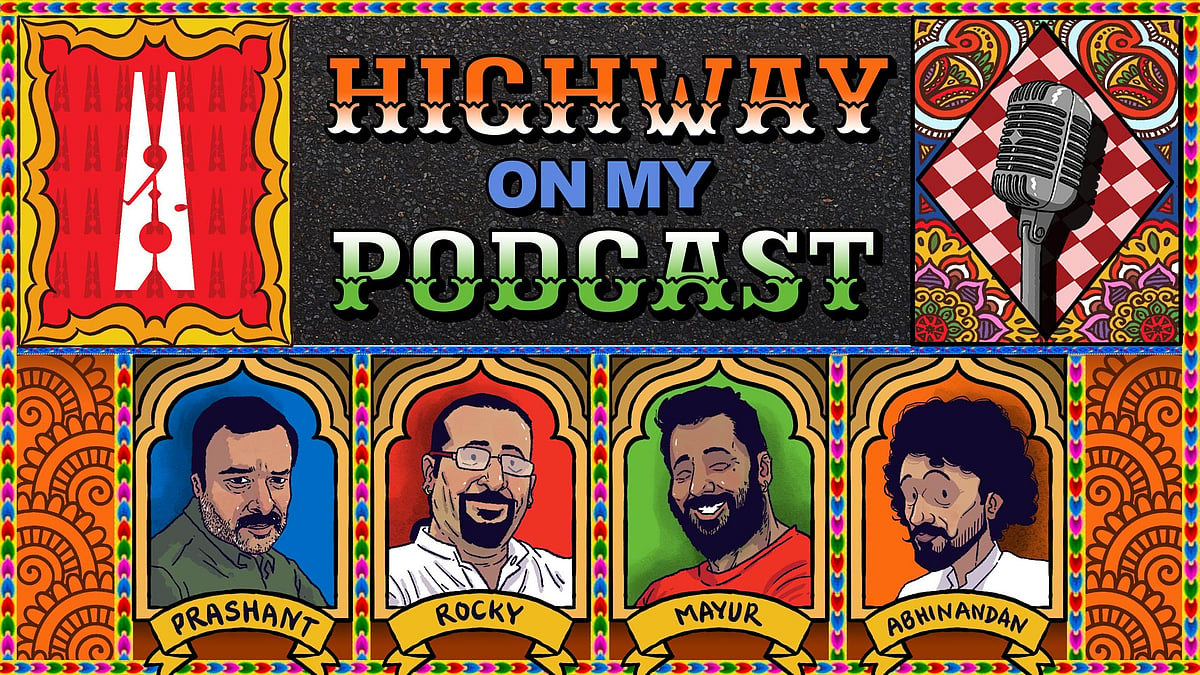Exploring Arunachal Pradesh: Mysticism, museums and the military
It’s an amazing example of how the army and local people can live harmoniously.
John Keats wrote achingly of a place bountiful with nature’s “glories infinite”. It’s easy to imagine that he was writing about Arunachal Pradesh. With sweeping mountains descending into breathtaking valleys, gushing waterfalls, and meandering rivers, it’s a rich canvas of colours, shifting from hues of bright and mellow blues and greens to dense blankets of mist.
The northeastern state is the biggest of the “seven sisters” – yes, it’s not Assam! – and is of immense strategic importance too. In India, it has the third longest international border after Jammu and Kashmir and West Bengal, but touches the maximum countries – Myanmar, China’s Tibet Autonomous Region, China and Bhutan, on which military presence has only increased over the past years. And not just for sharper surveillance, aggressive and defensive posturing, and military standoffs, but also for infrastructure development, which has been dramatic over the past few years. The roads across the state are extraordinarily smooth and well-maintained, with remarkably prompt response from the Borders Roads Organisations (BRO) to landslide obstructions that may occur.
Arunachal Pradesh is one of the most heavily armed states in the country. Military presence is ubiquitous throughout the state. What is refreshingly remarkable, however, is the easy-going and friendly relationship it shares with the local people. The Indian army here is perceived as a friend, ally and significant, valuable buyer of local produce and services. It is also a source of employment, offering a range of menial jobs to villagers in building and construction, and as porters, especially across the more remote, challenging, harsh terrain.
Taking the goodwill and camaraderie further, the army has also built some fascinating “museums” like the Ball of Fire Museum (named after the regiment) located in the picturesque Tenga valley, on the highway to Tawang from Pasighat. It is dedicated to the soldiers lost during the battles of Namka Chu and Bum-la during India’s fierce 1962 conflict with China. One can watch video documentation of the historic event, and also view iconic photographs, including one of Jawaharlal Nehru and the Dalai Lama.
The museum, which also has an exhibit of guns and rifles used during the war, is flanked by a quaint café, well-stocked grocery, and a dry goods store – all open to civilians.
In addition, there is the Tawang War Memorial, designed as a Buddhist stupa, to commemorate all the soldiers who lost their lives in the 1962 war. Each of their names is inscribed on the walls under the respective regiments they served. Like Buddhist monasteries, the site has prayer wheels and fluttering flags and vibrant paintings of serpents and dragons – some of which were given as tribute by the local Tawang population.
So, yes, Arunachal Pradesh is like a kingdom in the clouds with a living tribal culture that makes the state a stellar holiday destination. It is also an amazing example of how the army and local people can, and should, exist harmoniously.
The author recently travelled through Arunachal Pradesh on the Trans-Arunachal Drive 2022 organised by Arunachal Tourism and Mahindra Motors.

















